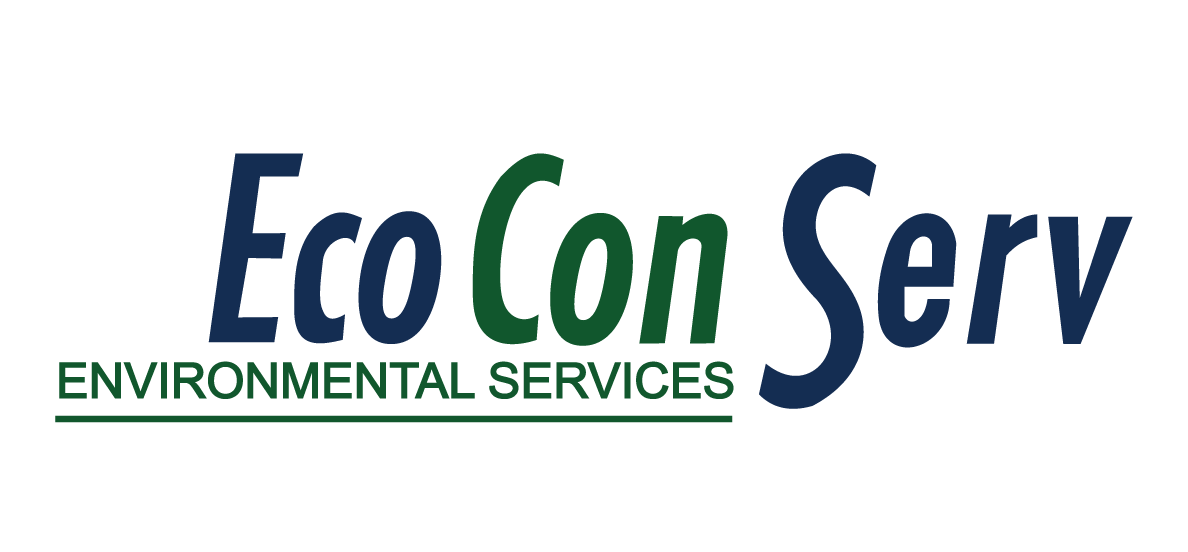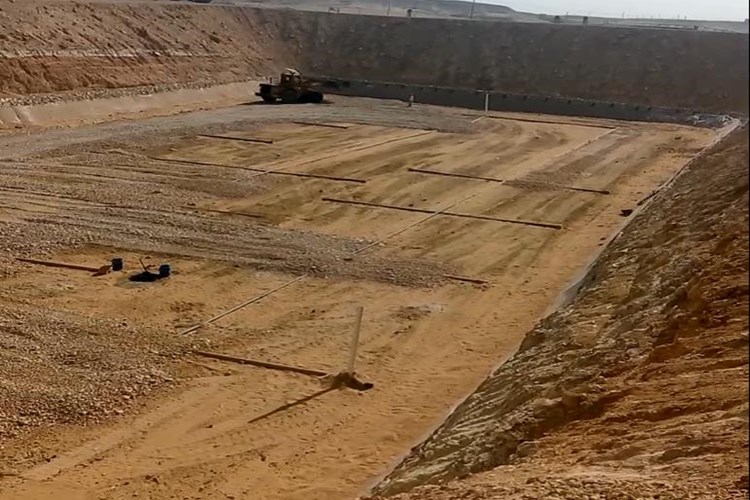Beverage Recycling: Closing the Loop for a Sustainable Future
Beverage recycling is an essential component of waste management, focusing on the recovery and repurposing of materials used in beverage containers. From aluminum cans to glass bottles and plastic containers, the recycling of beverage packaging plays a significant role in reducing waste, conserving resources, and minimizing environmental impact. As the global consumption of beverages continues to rise, effective recycling programs are crucial to achieving a circular economy where materials are continually reused rather than disposed of.
1. Importance of Beverage Recycling
Beverage containers are among the most commonly discarded items, contributing significantly to the waste stream. Recycling these containers offers several environmental and economic benefits:
– Resource Conservation: Recycling materials like aluminum, glass, and plastic reduces the need for raw materials. For example, recycling aluminum cans saves up to 95% of the energy required to produce new aluminum from bauxite ore.
– Waste Reduction: By diverting beverage containers from landfills and incinerators, recycling reduces the overall volume of waste, prolonging the life of landfill sites and reducing greenhouse gas emissions associated with waste disposal.
– Energy Savings: The energy savings from recycling are substantial. For instance, recycling a single plastic bottle saves enough energy to power a 60-watt light bulb for six hours.
– Pollution Reduction: Recycling helps lower pollution by reducing the need for new material extraction and processing, which are often associated with environmental degradation and pollution.
2. Types of Beverage Containers and Their Recycling Processes
Different beverage containers require specific recycling processes based on the material they are made of:
– Aluminum Cans:
– Collection and Sorting: Aluminum cans are collected, sorted, and cleaned to remove any contaminants. They are then shredded into small pieces, which are melted in a furnace.
– Melting and Casting: The melted aluminum is cast into ingots or sheets, which are then rolled into thin sheets for manufacturing new cans or other products. Aluminum is infinitely recyclable without losing quality, making it one of the most valuable recyclable materials.
– Glass Bottles:
– Collection and Cleaning: Glass bottles are collected and sorted by color (clear, green, and brown) because the color of glass cannot be changed during the recycling process. The bottles are cleaned to remove labels, caps, and other contaminants.
– Crushing and Melting: The cleaned glass is crushed into small pieces called cullet. The cullet is melted in a furnace and molded into new bottles or other glass products. Like aluminum, glass can be recycled indefinitely without losing its quality.
– Plastic Bottles (PET and HDPE):
– Sorting and Cleaning: Plastic bottles, typically made from PET (polyethylene terephthalate) or HDPE (high-density polyethylene), are sorted by type and color. They are then cleaned to remove labels, caps, and residues.
– Shredding and Pelletizing: The clean bottles are shredded into small flakes, which are melted and formed into pellets. These pellets are then used as raw material to produce new plastic bottles or other products, such as clothing fibers, carpets, and packaging materials.
– Cartons (e.g., Tetra Pak):
– Collection and Separation: Beverage cartons, which are made from layers of paper, plastic, and sometimes aluminum, are collected and sent to specialized recycling facilities.
– Pulping and Separation: The cartons are pulped, and the different layers are separated. The paper fibers are used to make new paper products, while the plastic and aluminum can be processed further or used for energy recovery.
3. Challenges in Beverage Recycling
While beverage recycling offers numerous benefits, it also faces several challenges:
– Contamination: Contaminants such as food residues, incorrect materials, or mixed recyclables can reduce the quality of recycled materials, making them less valuable or unusable. Public education on proper recycling practices is essential to address this issue.
– Market Fluctuations: The market for recycled materials can be volatile, with prices for materials like plastic and aluminum subject to fluctuations. This can affect the economic viability of recycling programs, especially in areas with limited access to recycling infrastructure.
– Collection and Sorting Infrastructure: In some regions, the lack of adequate collection and sorting infrastructure can limit the effectiveness of recycling programs. Investments in recycling facilities and systems are necessary to improve recycling rates.
4. Extended Producer Responsibility (EPR) and Deposit Return Schemes (DRS)
To address some of the challenges in beverage recycling, many regions have implemented Extended Producer Responsibility (EPR) programs and Deposit Return Schemes (DRS):
– EPR Programs: EPR shifts the responsibility for managing beverage container waste from municipalities to the producers. Under these programs, beverage manufacturers are required to fund or manage the collection, recycling, and disposal of their products. This encourages producers to design more recyclable packaging and reduces the environmental impact of their products.
– Deposit Return Schemes: DRS programs incentivize consumers to return their beverage containers for recycling by offering a small refund or deposit for each container. These schemes have been highly effective in increasing recycling rates, particularly for aluminum cans and plastic bottles.
5. The Future of Beverage Recycling
The future of beverage recycling lies in continued innovation and expansion of recycling programs:
– Advancements in Recycling Technology: New technologies, such as chemical recycling for plastics, are being developed to improve the efficiency and effectiveness of recycling processes. Chemical recycling breaks down plastic into its basic components, allowing for the production of high-quality new plastic.
– Sustainable Packaging Design: There is a growing trend towards designing beverage packaging that is easier to recycle, such as bottles made from a single type of plastic or the use of bio-based materials. Sustainable design also includes reducing the amount of material used in packaging, which can further reduce waste.
– Increased Consumer Participation: Public awareness campaigns and education programs are essential to encourage consumers to recycle more and recycle correctly. Increased participation in recycling programs will be key to improving recycling rates and reducing waste.
Beverage recycling is a vital part of the effort to reduce waste, conserve resources, and protect the environment. By recycling beverage containers, we can close the loop on materials, turning waste into valuable resources and reducing the environmental footprint of our consumption. As technology and infrastructure continue to improve, and as more consumers and producers embrace the principles of recycling and sustainability, the future of beverage recycling looks promising.
Related Tips & Advices
Feb 2020 – El Masreya Hazardous and Non-hazardous Waste Home / Tips & News Feb 2020 – El Masreya…
Medical Waste Ash: Challenges and Management Strategies Home / Tips & News Medical Waste Ash: Challenges and Management Strategies…
The Complexities and Controversies of Incineration Hazardous Waste Home / Tips & News Incineration hazardous waste, or incineration, is…




